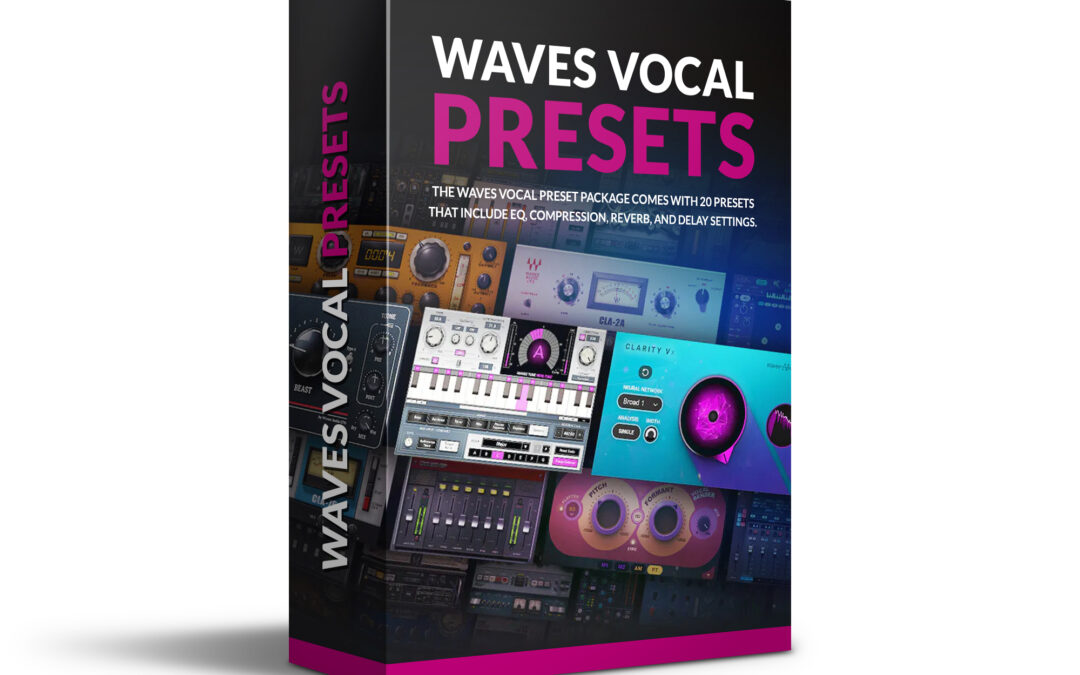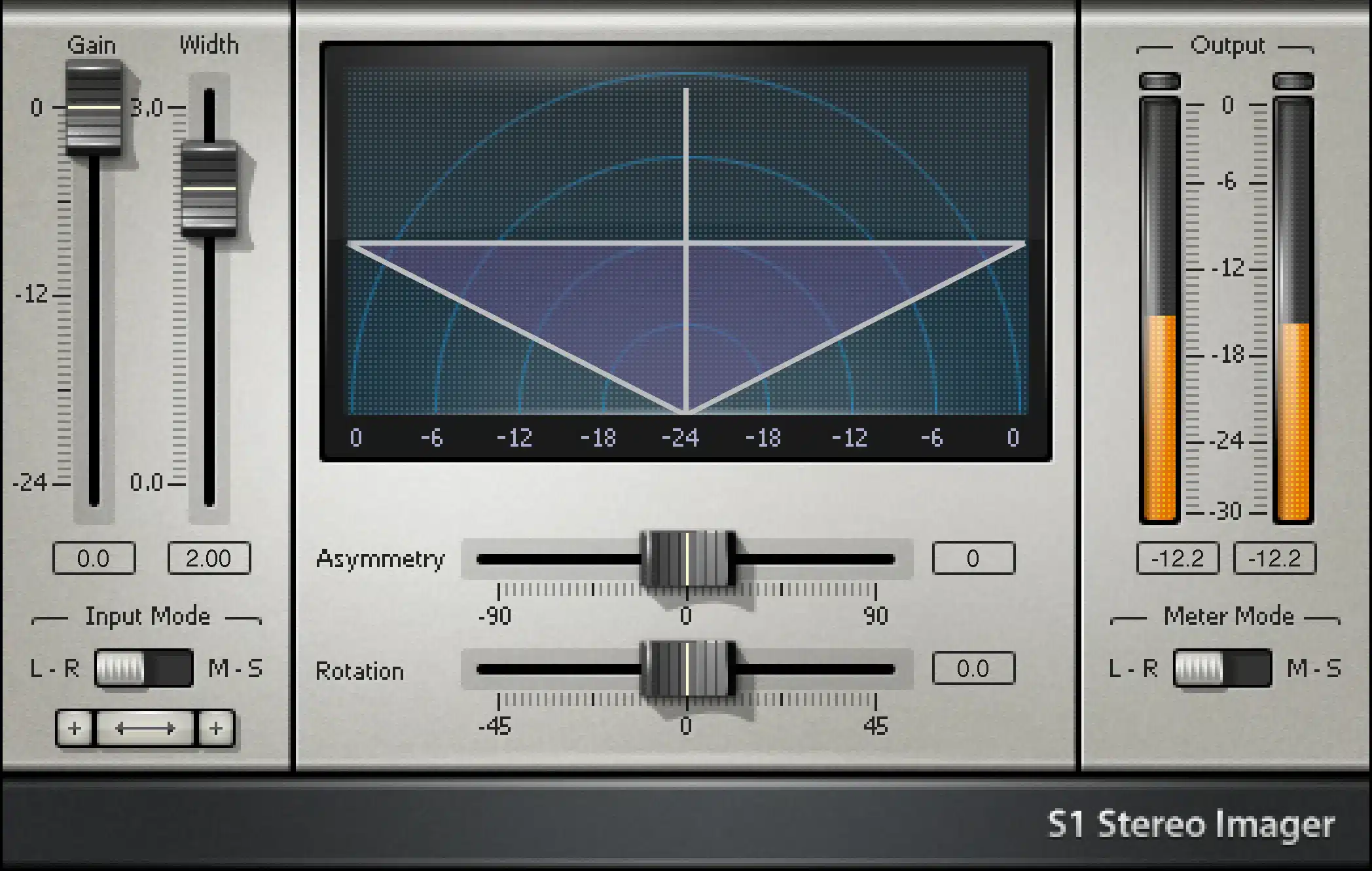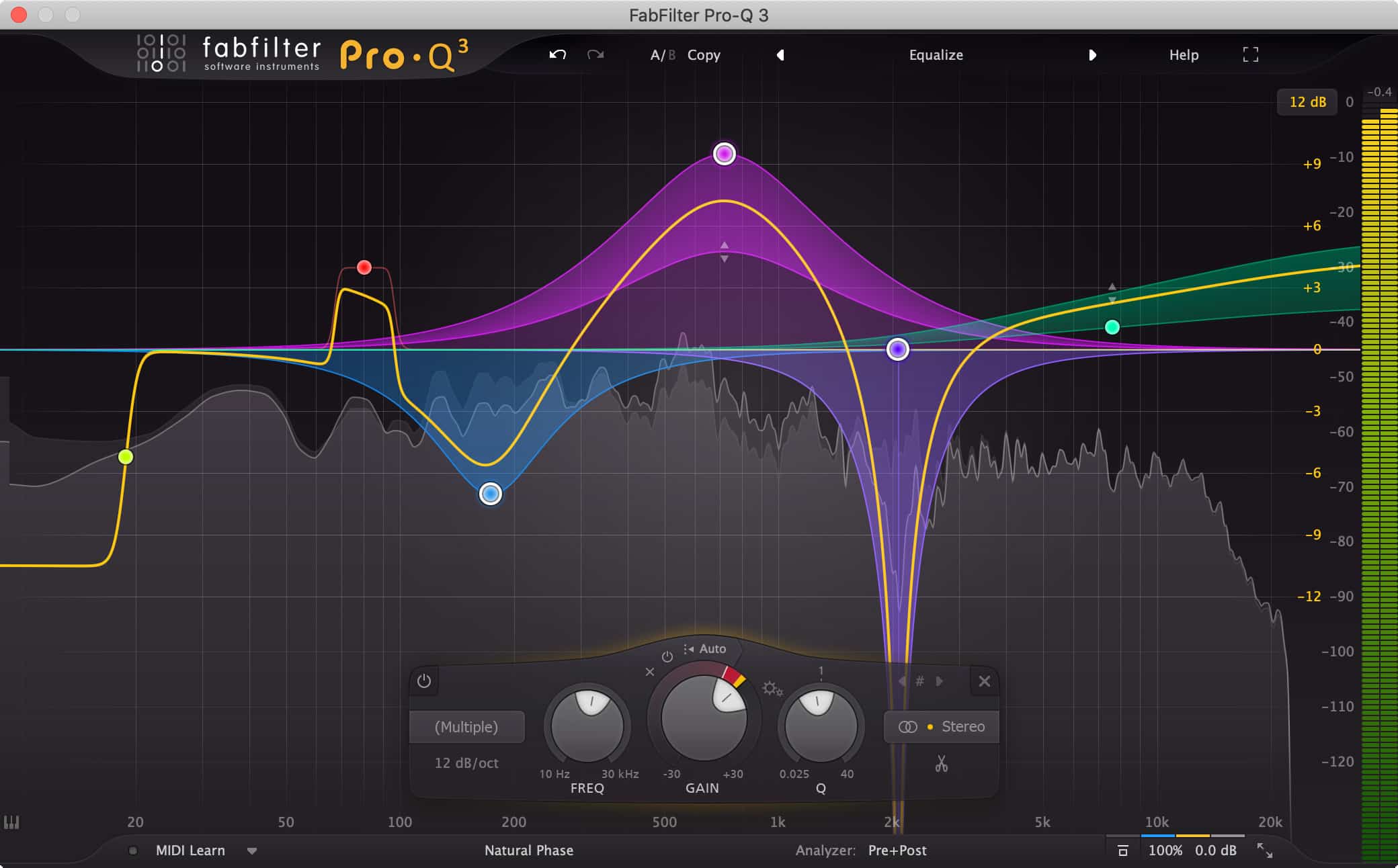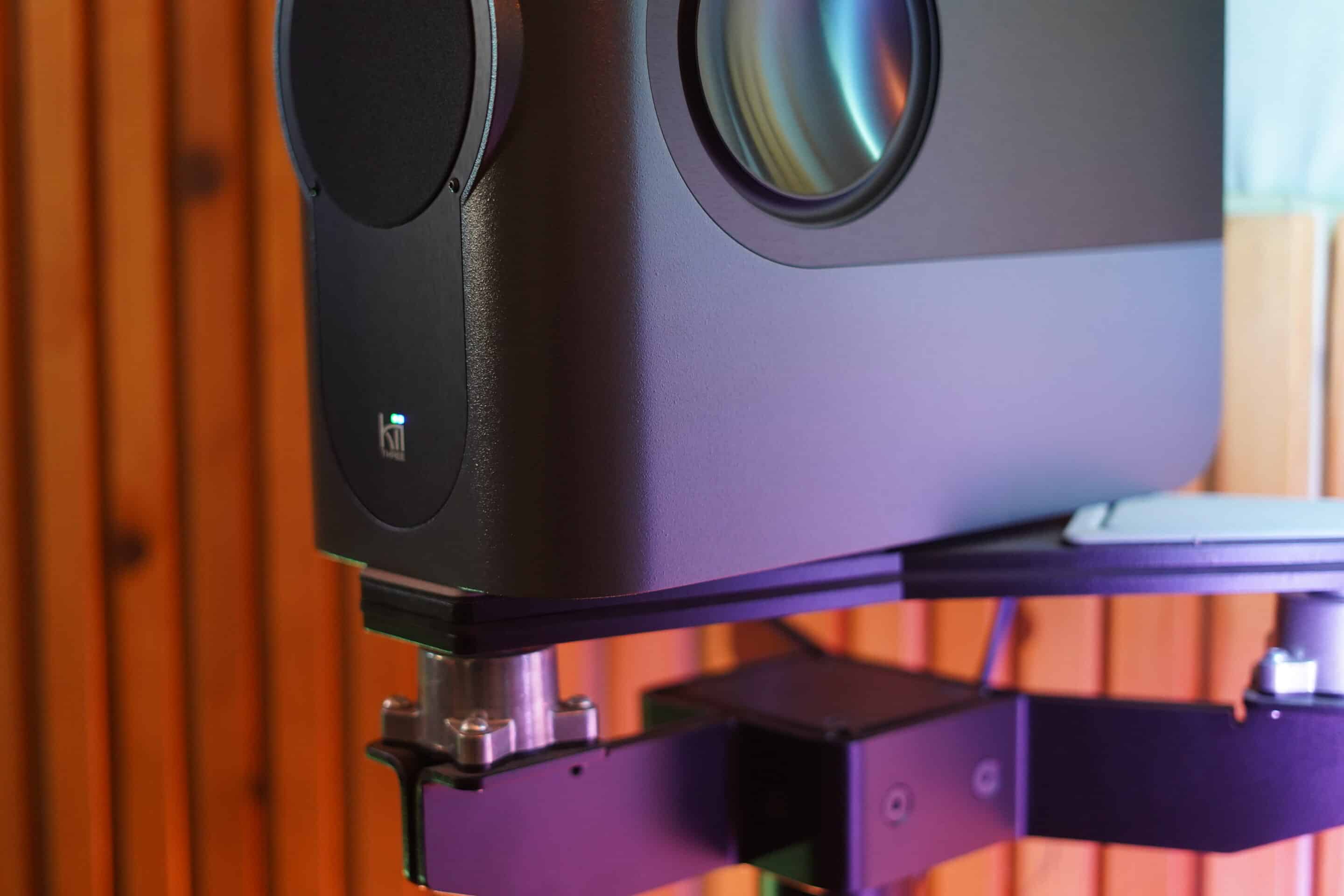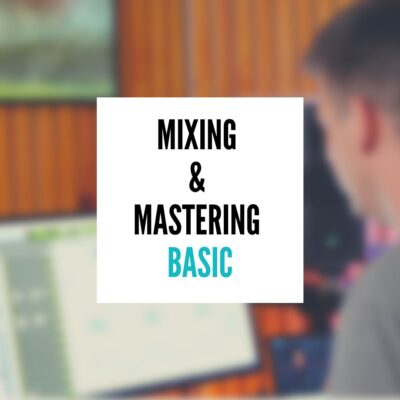Introduction
Mixing vocals can be one of the most challenging yet rewarding aspects of music production. As a professional mixing engineer, I understand that achieving a polished vocal track can significantly impact the overall quality of a song. In today’s digital age, one tool that often comes up in discussions among producers, both novice and experienced, is vocal presets. These are pre-defined settings for vocal processing plugins that aim to simplify and accelerate the mixing process. In this post, I will dive deep into the merits and limitations of using vocal presets, offering a balanced perspective to help you decide whether they should be part of your mixing toolkit.
What are Vocal Presets?
Vocal presets are settings created for various vocal effects such as compression, EQ, reverb, and delay. These vocal presets are designed to provide a good starting point in the vocal mixing process, typically crafted by audio engineers and producers based on settings they’ve found successful across different projects.
Now, let’s explore the advantages and potential drawbacks of using these presets in your mixes.
The Case for Using Vocal Presets
Time Efficiency
One of the most compelling reasons to use vocal presets is time efficiency. In the fast-paced world of music production, time is often of the essence. Presets allow you to quickly apply a professional-sounding effect chain to your vocals without the need to start from scratch. This is particularly useful during the initial stages of a mix when you are trying to establish a vibe or feel for the track quickly.
Consistency
Using vocal presets can also ensure consistency across different projects. For producers working on multiple songs for an album or an EP, maintaining a uniform sound quality and style is crucial. Presets can help achieve this consistency, especially when working under tight deadlines or balancing multiple projects.
Accessibility for Beginners
For those who are new to mixing, vocal presets can be a godsend. They provide a practical introduction to common effects and processing techniques used in vocal mixing. By analyzing and tweaking these presets, beginners can gradually learn how these settings alter the sound of the vocal track, gaining valuable insights that can be applied in future projects.
Practical Example:
Imagine you are a beginner working on your first few tracks. By using a preset, you might discover how a high-pass filter cleans up unwanted low frequencies or how a gentle compressor can add warmth and presence to the vocals without extensive trial and error on your own.
The Case Against Using Vocal Presets
Lack of Flexibility
While vocal presets provide a quick starting point, they often lack flexibility. Each vocal recording is unique, influenced by factors such as the singer’s voice, the microphone used, and the recording environment. A preset that works wonders on one track might not be suitable for another, potentially leading to a mix that doesn’t truly compliment the vocal’s natural qualities.
Skill Development
Relying heavily on vocal presets can also impede your growth as a sound engineer. The art of mixing involves understanding the intricate details of audio processing tools and how they interact with various sound elements. By always using presets, you may miss out on developing critical listening skills and the ability to craft custom settings that better suit specific needs.
Over-Reliance
An over-reliance on presets might lead to a homogenized sound that lacks originality. It’s essential to strike a balance between using these tools and creating a mix that reflects your artistic vision. When presets become a crutch rather than a tool, the creative process can suffer, and your music might not stand out in a crowded market.
Case Study:
Consider a scenario where two producers release tracks with remarkably similar vocal sounds. Upon investigation, it turns out they used the same popular vocal preset. This situation could lead to criticism regarding originality and might detract from the artists’ reputations.
Balanced Approach to Using Vocal Presets
While there are both advantages and disadvantages to using vocal presets, adopting a balanced approach can help you leverage the benefits while minimizing the drawbacks. Here’s how you can make the most out of vocal presets in your mixes.
Starting Point
Think of vocal presets as a starting point rather than a one-stop solution. Begin with a preset that closely aligns with the sound you’re aiming for, then tweak it to better fit the specifics of the vocal track you’re working on. This approach allows you to save time while still applying your unique touch.
Customization
Customization is key to making presets work in your favor. Adjust parameters like EQ peaks, compression ratios, and effects sends based on the characteristics of the vocal. This step is crucial because it tailors the preset to the voice’s unique qualities and the overall mix’s context.
Hybrid Techniques
Use hybrid techniques by combining presets with manual adjustments. For instance, you might start with a preset for basic EQ and compression and then manually add specific effects like reverb and delay to suit the song’s mood and style.
Practical Tips:
- Analyze the Preset: Spend time understanding what each component of the preset does. This will enhance your knowledge and help you make more informed adjustments.
- A/B Testing: Frequently bypass the effects to compare the processed and unprocessed signals. This practice helps you hear whether the changes are improving the mix.
- Save Your Customized Presets: Once you’ve modified a preset to perfection, save it as a new preset. This can be a great starting point for future projects, combining efficiency with customized settings.
Practical Tips for Using Vocal Presets Effectively
It’s crucial to approach vocal presets strategically to maximize their potential. Here are some practical tips to ensure that you use vocal presets not just conveniently but also creatively and effectively.
How to Select the Right Presets
- Understand the Genre and Vocal Style: Different genres and vocal styles may require different processing. A preset suitable for a rock vocal might not work for an R&B track. Start by choosing presets designed for the genre you’re working in.
- Read the Descriptions: Often, preset libraries include descriptions or suggested uses. These can guide you in choosing a preset that aligns with your desired outcome.
- Trial and Error: Don’t hesitate to try multiple presets quickly on your vocal track to see which one gives the closest result to what you are looking for. This can be a fast way to narrow down your options.
Adjusting Presets to Fit the Song
- Tweak EQ Settings: Adjust the EQ settings in the preset to ensure they complement the singer’s voice and the track’s other elements. For instance, if the preset muddies the vocal, try reducing some of the lower frequencies.
- Modify Compression Settings: Compression settings in a preset might not be ideal for your specific vocal track. Adjust the threshold and ratio to ensure the vocal sits well in the mix without sounding over-processed.
- Adjust Effect Levels: Reverb and delay are highly dependent on the context of the track. Adjust the mix and decay times to ensure these effects enhance the vocal without overwhelming it.
Learning from Presets
- Deconstruct the Preset: Analyze each component of the preset to understand why it was set up that way. This helps you learn mixing techniques that you can apply independently in the future.
- Documentation: Keep notes on what changes you make to presets and the outcomes. This documentation can be invaluable for learning what works and what doesn’t.
- Feedback: Get feedback on your mixes from trusted ears. Sometimes, another set of ears can offer valuable insight into how well your use of presets is working.
Conclusion
The debate over whether to use vocal presets in mixing is nuanced. On one hand, vocal presets offer undeniable benefits in terms of efficiency, consistency, and accessibility, particularly for beginners and those working under tight schedules. On the other hand, an over-reliance on presets can stifle creativity and skill development, leading to a mix that might lack originality or fail to optimally highlight the unique characteristics of the vocal.
As an authority in audio production, my stance is clear: vocal presets should be viewed as tools in your arsenal, not crutches. They are best used as starting points or frameworks upon which you can build and refine your unique sound. Whether you’re a seasoned engineer or a budding producer, the key is to use presets wisely—customize them, learn from them, and don’t be afraid to step beyond them when necessary.
Remember, the goal of mixing is to enhance the emotional and sonic impact of the music. Presets can help, but they’re just one part of the craft. Your ears, your taste, and your creative instincts are ultimately what will define your sound.

